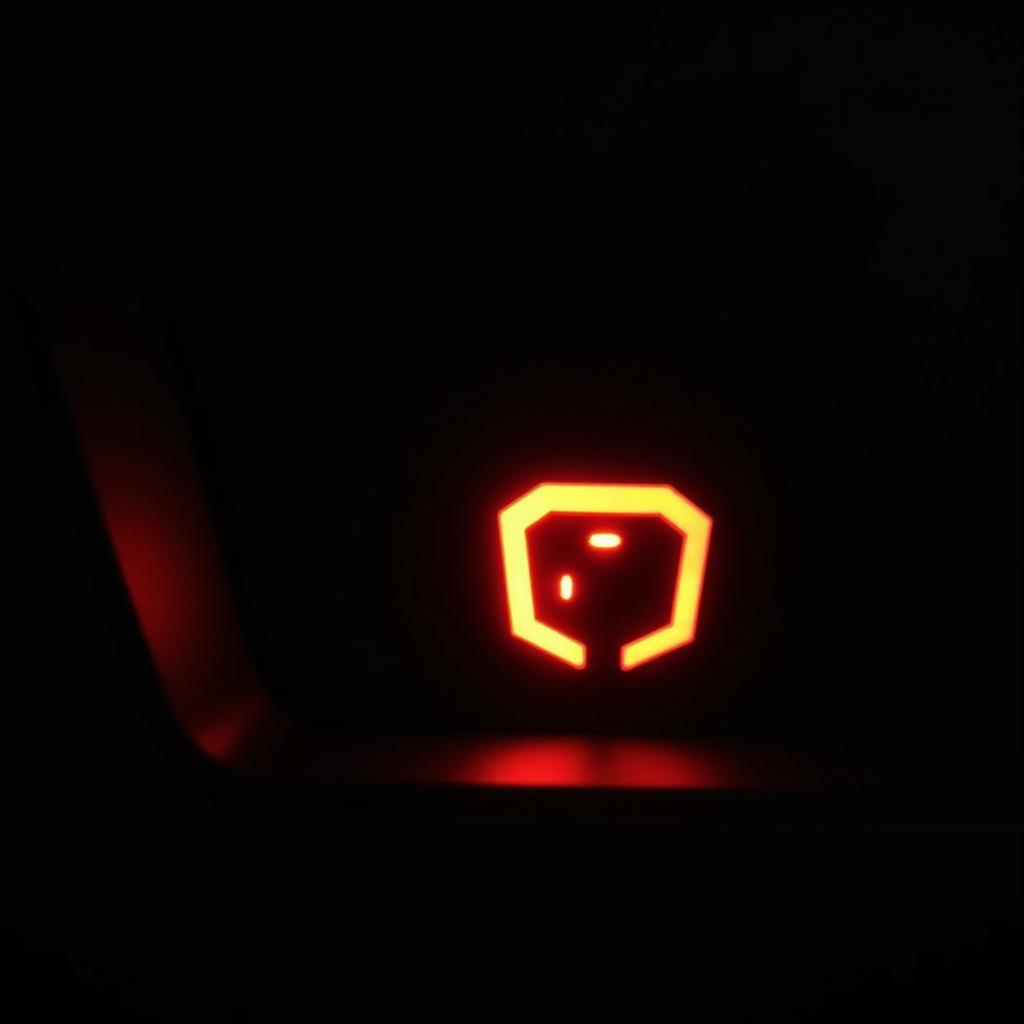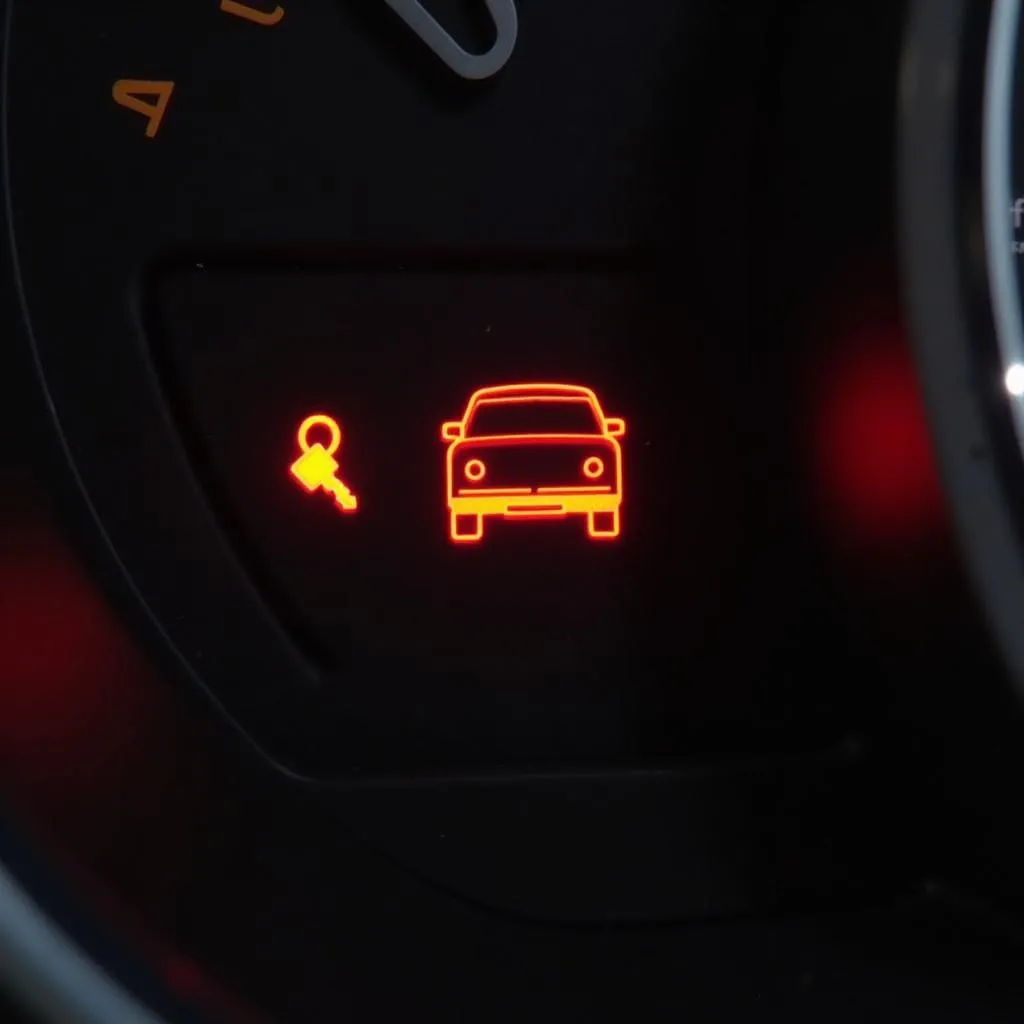The emergency brake warning light on your 2013 Ford F150 is a crucial safety feature that alerts you to potential issues with your braking system. While it can be alarming to see this light illuminate on your dashboard, understanding the common causes and solutions can help you address the issue promptly and safely.
A persistent emergency brake warning light usually indicates one of several problems, ranging from a simple oversight to a more serious mechanical issue.
Common Causes of an Illuminated Emergency Brake Light
-
Parking Brake Engaged: The most straightforward explanation is that your parking brake is not fully released. Double-check your parking brake lever to ensure it’s in the fully disengaged position.
-
Low Brake Fluid: Brake fluid is essential for transmitting force from the brake pedal to the wheels. If the fluid level in the reservoir is low, the warning light can be triggered. A leak in the brake lines or worn brake pads can contribute to low brake fluid.
-
Faulty Brake Light Switch: The brake light switch is responsible for activating your brake lights when you press the pedal. A malfunctioning switch can also trigger the emergency brake warning light.
-
Worn Brake Pads: As brake pads wear down, the brake fluid level in the reservoir naturally drops. If the pads are excessively worn, the warning light may come on.
-
ABS System Malfunction: The Anti-lock Braking System (ABS) plays a vital role in preventing wheel lockup during hard braking. If the ABS module or a sensor encounters a problem, it can trigger the emergency brake warning light.
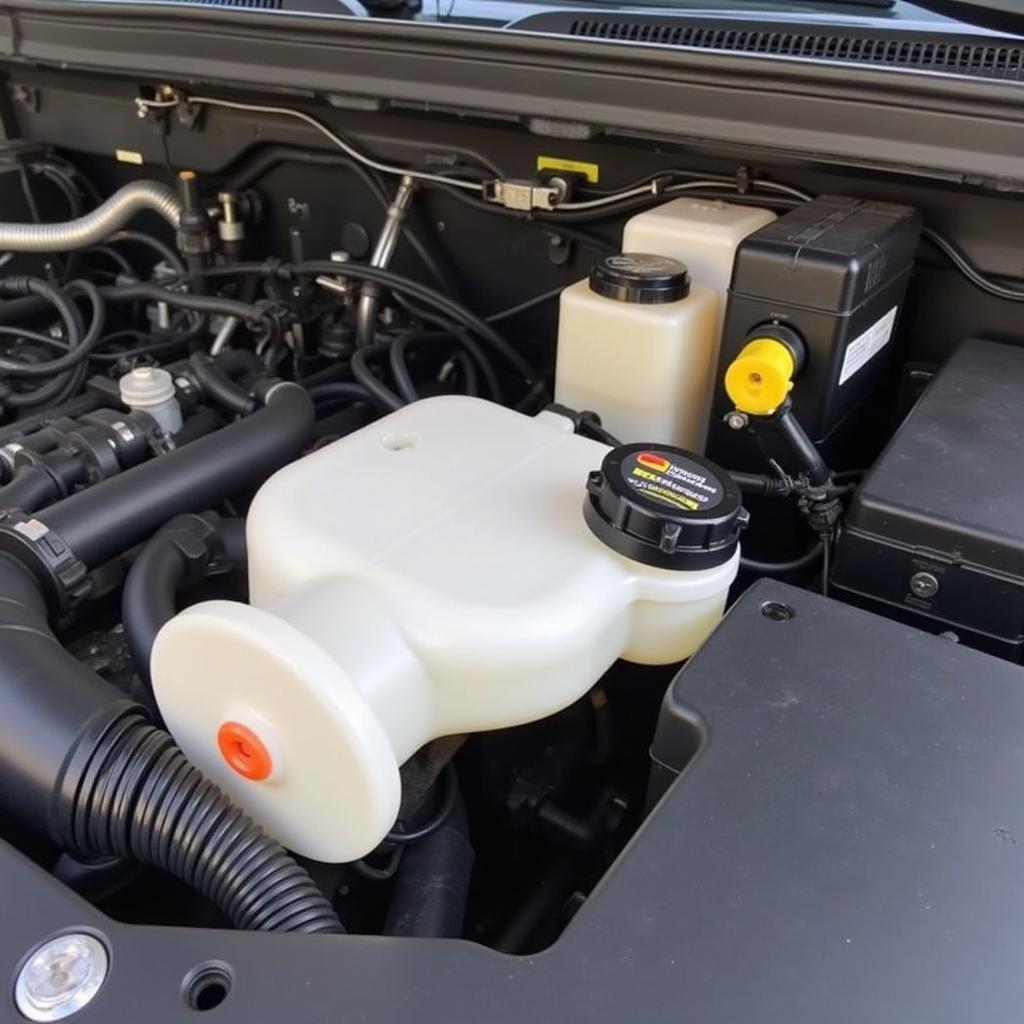 2013 Ford F150 Brake Fluid Reservoir
2013 Ford F150 Brake Fluid Reservoir
Troubleshooting the Emergency Brake Warning Light
-
Check the Parking Brake: As mentioned earlier, ensure the parking brake lever is fully disengaged. Sometimes, the lever might not return to its resting position completely, leading to the light staying on.
-
Inspect Brake Fluid Level: Locate the brake fluid reservoir under the hood. The reservoir will have a “Min” and “Max” marking. If the fluid level is below the “Min” mark, add the appropriate DOT 3 or DOT 4 brake fluid, as recommended in your owner’s manual.
-
Inspect for Leaks: Carefully examine the brake lines, hoses, and calipers for any signs of leakage. Brake fluid is typically clear or amber in color. Any wetness around these components could indicate a leak.
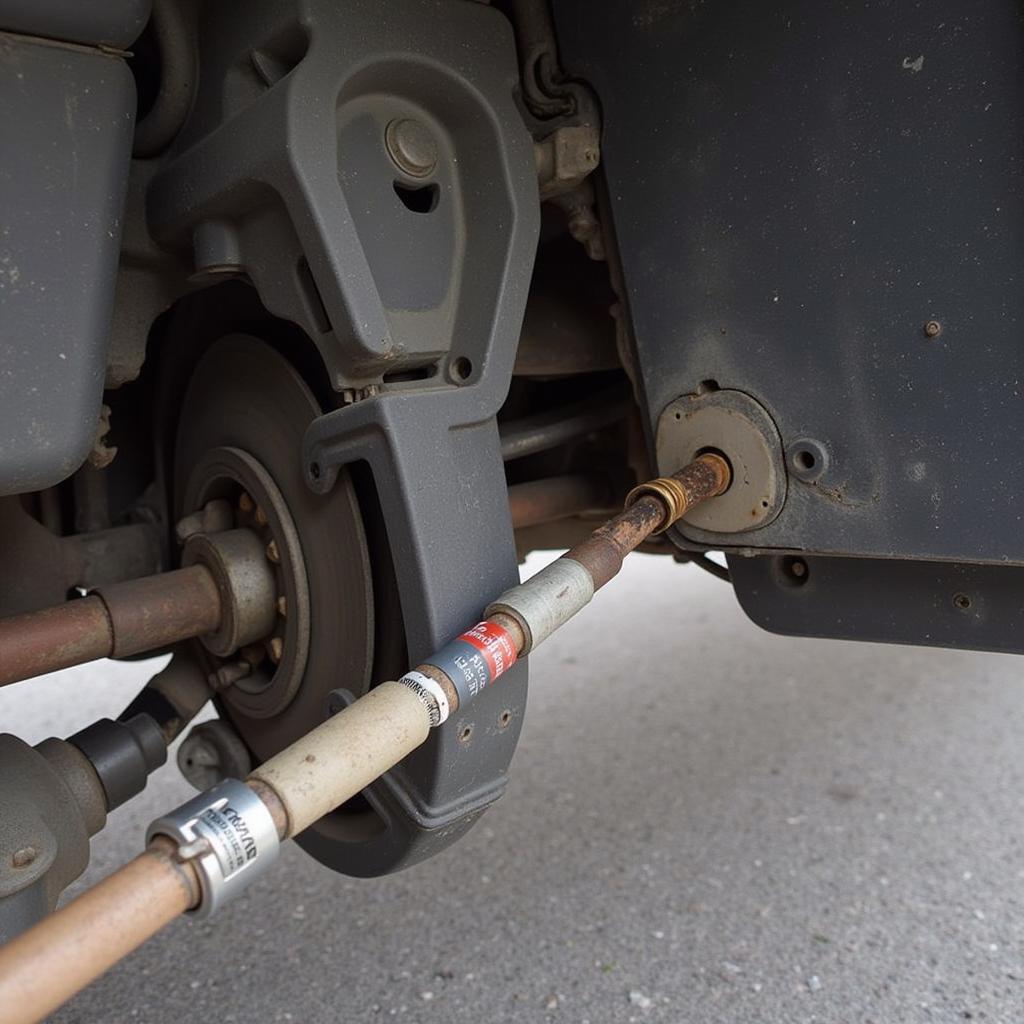 Brake Line Leak on 2013 Ford F150
Brake Line Leak on 2013 Ford F150
- Check Brake Pads: While visually inspecting for leaks, take a look at the brake pads through the spaces between the wheel spokes. If the pads appear thin or you notice a grinding noise while braking, it’s time for a replacement.
“Worn brake pads not only trigger the warning light but also significantly compromise your braking performance,” cautions John Miller, a senior automotive technician at Miller’s Auto Repair. “It’s essential to address this promptly to ensure safe driving.”
- Scan for Diagnostic Trouble Codes (DTCs): If the basic checks don’t reveal the issue, it’s time to employ a diagnostic scanner. This tool can read fault codes stored in your truck’s computer, pinpointing the source of the problem.
Remote Diagnostics and Software Solutions
In today’s technologically advanced automotive landscape, remote diagnostics and software solutions are playing an increasingly significant role in diagnosing and resolving vehicle issues. By utilizing specialized software and connecting to your vehicle remotely, skilled technicians can:
-
Retrieve Diagnostic Trouble Codes: Accessing DTCs remotely allows technicians to identify the root cause of the emergency brake warning light.
-
Analyze System Data: By examining live data streams from various sensors and modules, technicians can gain a comprehensive understanding of your braking system’s performance.
-
Perform Software Updates: Occasionally, outdated software in your vehicle’s ABS module or other related systems can lead to malfunctions. Remote software updates can address these issues effectively.
“Remote diagnostics and software solutions empower us to diagnose and resolve brake system problems with greater efficiency and accuracy,” explains Sarah Thompson, a certified automotive software specialist. “This translates to faster turnaround times and a more convenient experience for vehicle owners.”
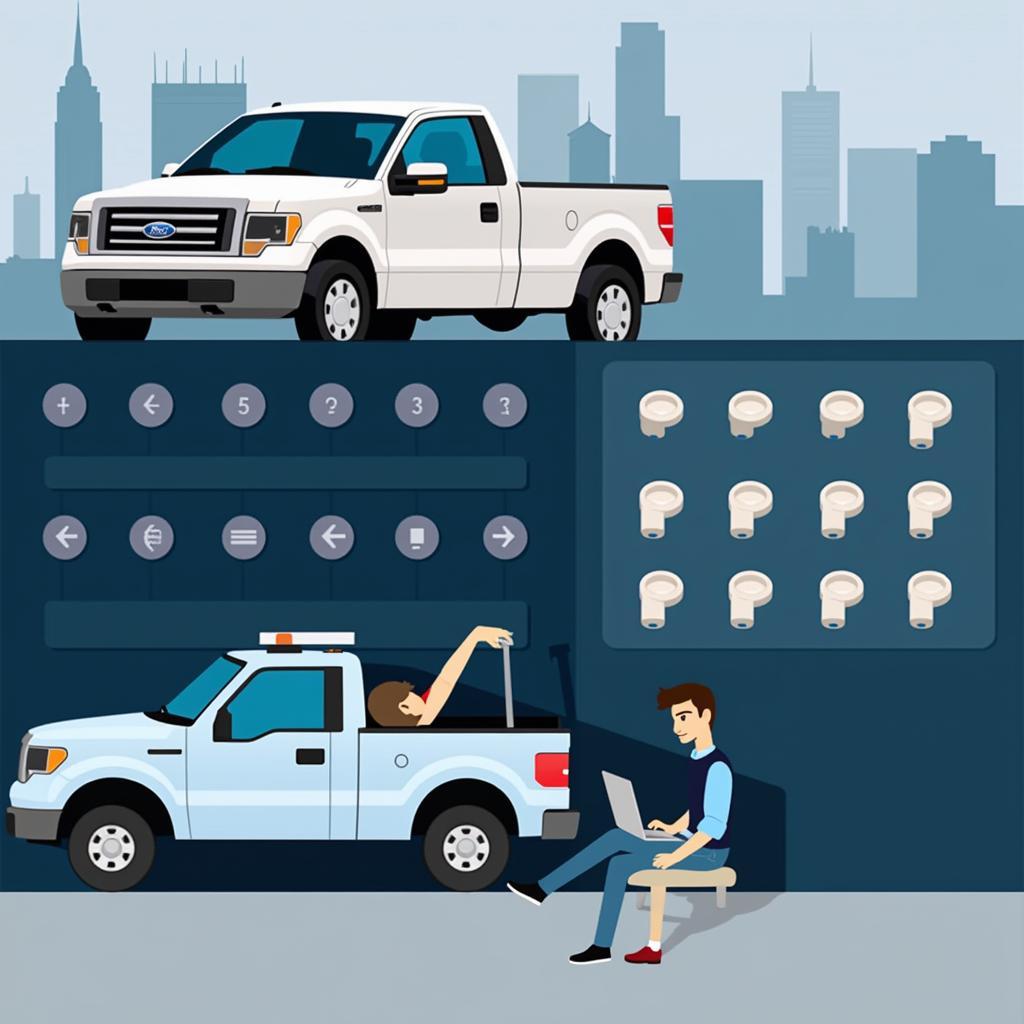 Remote Diagnostics for 2013 Ford F150
Remote Diagnostics for 2013 Ford F150
Conclusion
An illuminated emergency brake warning light on your 2013 Ford F150 should never be ignored. By understanding the common causes and following the troubleshooting steps outlined above, you can often identify the issue. However, if you’re unsure or the problem persists, seeking professional assistance from a qualified mechanic or utilizing remote diagnostic services is highly recommended. Remember, maintaining a properly functioning braking system is paramount for your safety and the safety of others on the road.

